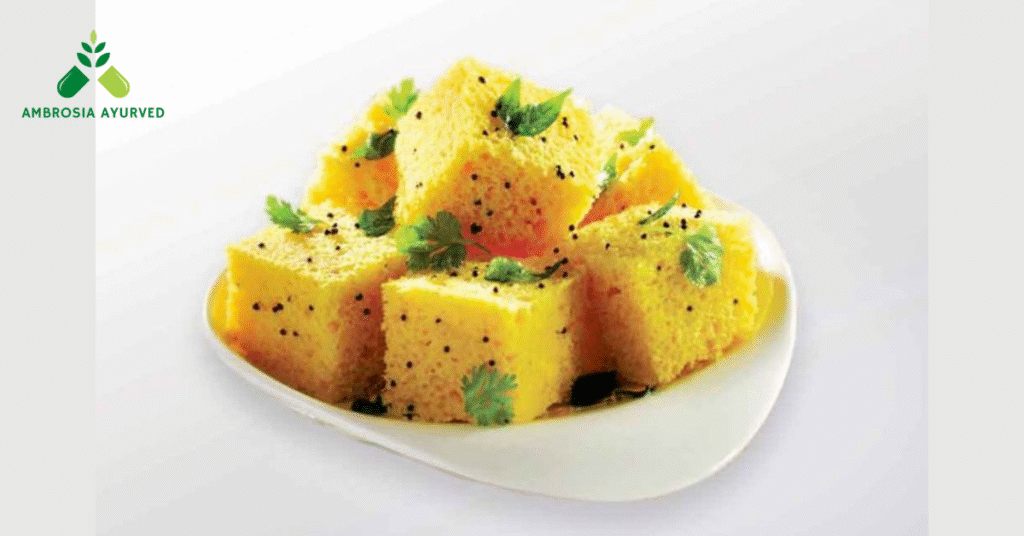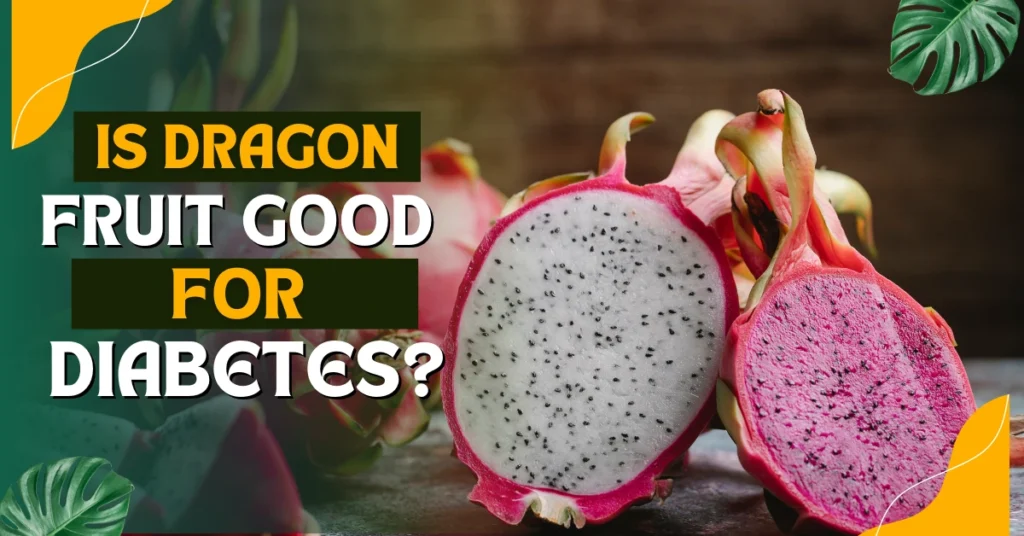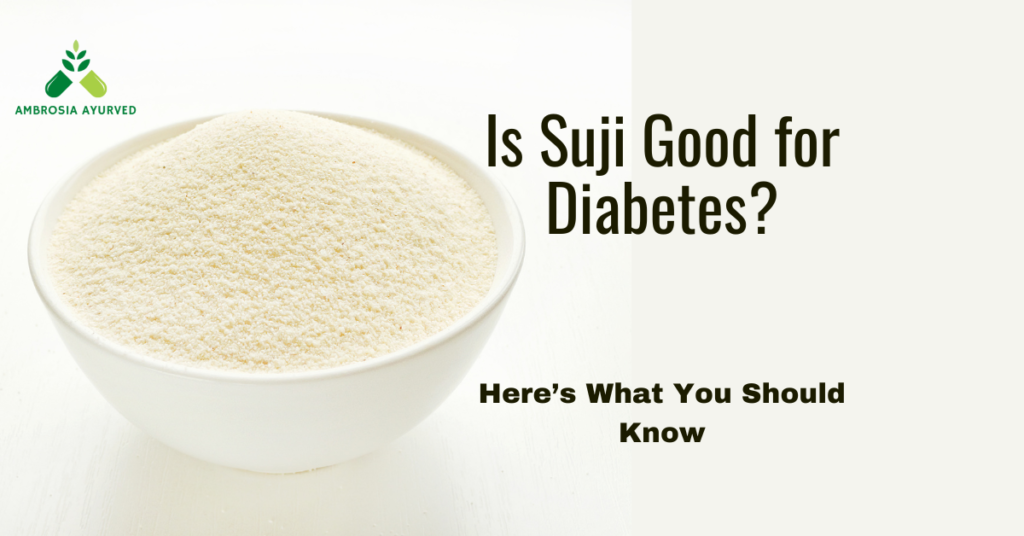The well-known vegetarian snack dhokla originated in the indian state of Gujarat. This dish is light and fluffy, with a distinct, slightly tangy flavor from the fermentation of rice and chickpea flour(beasan) and steaming the mixture. Dholka mustard seed, and green chilies after cooking. It is often garnished with grated coconut and fresh coriander for flavor. Dhokla is commonly eaten as a breakfast, snack, or side dish at a meal due to its versatility.
Dhokla has been a part of Gujarati cooking for centuries. Although its exact origins are unknown, similar fermented dishes have been mentioned in an 11th-century Indian text. Over time, dhokla has become a popular dish throughout India and even abroad, serving as a symbol of Gujarat’s rich culinary heritage.
Dhokla’s main ingredient, chickpea flour(besan), makes it a healthy plant-based protein source. A typical serving of 100 grams of dhokla contains 5-6 grams of protein. This makes it an excellent snack option for vegetarians or anyone looking to boost their protein intake without relying on animal-based products.
Nutritional Profile (Per 100g of Dhokla)
- Calories: 160 kcal
- Protein: 5–6 grams
- Carbohydrates: 20–25 grams
- Fats: 5–7 grams
- Fiber: 1–2 grams
- Glycemic Index: 35 (Low)
- Rich in: Iron, magnesium, potassium, and B vitamins
Health Benefits of Dhokla
- Weight management: Due to its light and satisfying texture, dhokla is an excellent low-calorie snack for anyone watching their weight.
- Improve digestion: probiotics are naturally present in besan, or fermented chickpea flour, which is used to make dhokla. These probiotics promote good health, help with digestion.
- Energy boost: Due to its high carbohydrate content, dhokla is an excellent mid-meal snack that provides a quick energy boost. Because of its low glycemic index, it is suitable for people who are aware of their blood sugar levels.
Consuming too much Dhokla
- Excess calories: While dhokla is a nutrient-dense food, consuming too much of it can lead to an excess of calories. This is especially true when paired with sugary chutneys or fried toppings, which can raise the calorie count.
- Bloating: Because dhokla is steamed and contains fermented ingredients, eating too much of it at once may cause bloating or discomfort, especially for those with sensitive stomachs.
- Blood sugar consideration: Even though dhokla has a low glycemic index, blood sugar levels may still be affected by excessive consumption. If you have diabetes or blood sugar problems, watch how your body reacts and limit portion sizes.

Is Dhokla Good for Diabetes?
Dhokla has a low glycemic index of 35. Using a reliable tool that tracks the glycemic index and load of food, you can quickly check dhokla’s values. This information can help people make informed food choices, especially those who are trying to control their blood sugar levels.
Also Read: Is Suji Good for Diabetes?
Can Ingredients Affect Their Impact on Blood Sugar?
Yes, the additions you make to dhokla can alter how it affects your blood sugar level. For example, adding sweeteners like white sugar or jaggery can increase the glycemic index, making it less appropriate for people who are watching their blood sugar levels. Additional fiber-rich ingredients, like vegetables or extra gram flour, can help lower the glycemic impact of dhokla, making it even healthier and more diabetic-friendly
Healthy Dhokla Tips for Diabetics
🥗 Eat in Moderation
Stick to 2–3 small servings per day.
🚫 Avoid Sugary or Spicy Sides
Chutneys high in sugar or oily/spicy condiments can spike blood sugar and upset digestion.
🌿 Add Fiber-Rich Ingredients
Incorporating vegetables can boost their fiber content, aiding in better blood sugar control.
🕒 Eat It Fresh
Avoid storing dhokla for long periods to retain nutritional value and avoid preservatives.
Final Words
Dhokla is more than just a tasty Gujarati snack; it’s a sensible, nutritious choice for anyone attempting to eat healthily, including those with diabetes. Dhokla’s low glycemic index, high fiber content, and moderate protein levels allow it to provide energy and nourishment while preserving a stable blood sugar level. However, as with any food, moderation is key. Your choice of ingredients and how you mix them with other foods can make a big difference. Dhokla is a delicious and diabetic- friendly choice for a light breakfast, a quick snack, or a nutritious side dish when prepared properly.
FAQ
Can diabetics eat dhokla every day?
Yes, but in moderation. Diabetics can include dhokla 2–3 times a week or in small portions daily, depending on their overall diet and blood sugar response.
Is dhokla better than fried snacks for diabetes?
Absolutely. Dhokla is steamed, not fried, which makes it lower in unhealthy fats and calories compared to samosas or pakoras.
What is the best time to eat dhokla for diabetics?
The ideal time is during breakfast or as a mid-morning or evening snack when your metabolism is active. Avoid eating it late at night.
Is store-bought dhokla okay for diabetics?
Not always. Many ready-made dhoklas contain preservatives, added sugars, and oil-heavy tempering. Always check the ingredient list or prepare it fresh at home.




